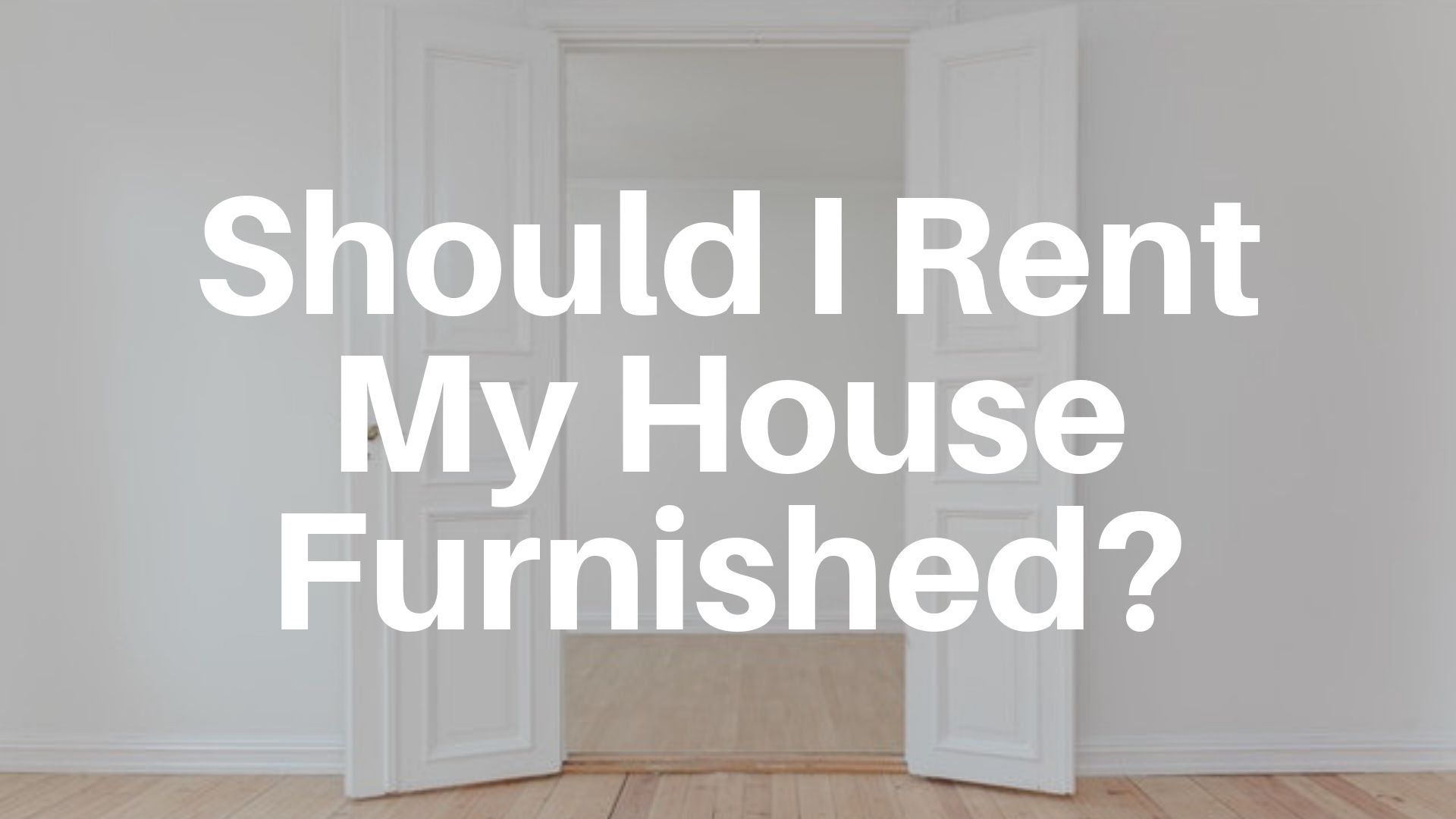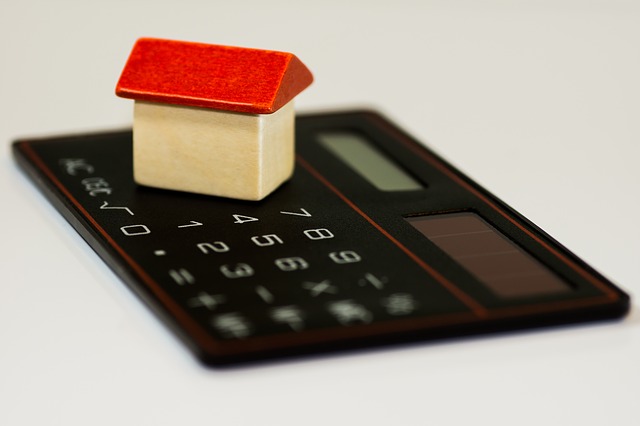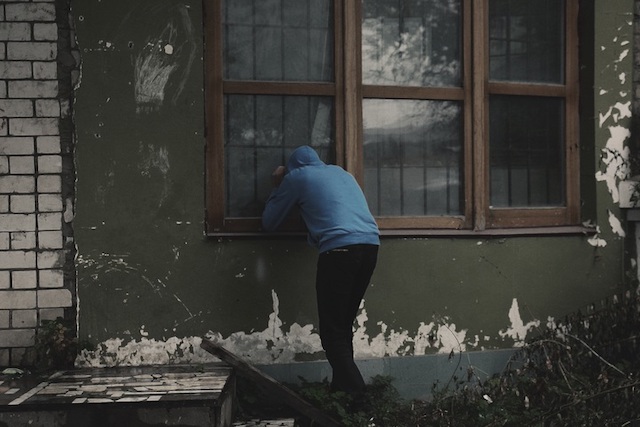Should I Rent My House Furnished?

One of the most frequent questions landlords in Denver ask themselves is – Should I rent my house furnished or unfurnished?
Each choice has both pros and cons. It truly depends on your target market.
Who are you planning on renting to?
A Furnished Home
A furnished home means that your rental unit comes with furniture and appliances. This makes it convenient for your tenants to move in right away.
Here are the advantages and disadvantages of furnished rental properties:
Advantages:
1. Demand higher rent
If your unit is furnished, you can raise your rent price by 20-40% or ask for a higher security deposit. The reason for this is because it provides convenience for tenants to move in right away. Make sure to know the security deposit laws in Colorado.
They can also save money from not having to spend on what’s being provided by the landlord.
2. Easy to get short-term rentals
If tenants are not required to move their own furniture into the property, more renters will readily rent.

This makes it convenient for short-term renters to move in and out quickly.
3. Tenants save costs and time
Tenants don’t have to pay for movers, nor do they have to spend time shopping around for furniture and appliances.
4. Respect and better treatment by tenants for furnishings
Tenants will have a higher chance of taking care of the furnishings when they are tastefully decorated. They’ll appreciate it when their living space contains stylish decors.
5. You can move furnishings around when the lease ends
If you have several properties in Denver, you have the option of moving the furnishings around. You can transfer it to your other properties or use it for personal use once the tenant’s lease is over. It still acts as an asset for you to redistribute.
6. Tax-deductible for the cost of goods
The cost of purchasing furnishings can be an advantage for your tax computations. It can qualify as a tax-deductible, saving you money in the process.
7. Shorter leases provide flexibility
As a landlord, shorter leases give you room to change your rental prices and policies.

Once a tenant vacates, you can make changes as you see fit.
Disadvantages:
1. More expensive for tenants
Even if furnishings allow you to mark up your rental prices, potential renters may find it expensive. They might choose to occupy an unfurnished unit for a lower monthly payment.
2. Transient rentals equal high turnover
Most tenants looking for furnished units are looking for temporary housing. This translates to a high turnover of tenants. This might be an inconvenience for some landlords who have to constantly search for new renters.
3. Higher potential for damages
Your furnishings have a greater chance of getting damaged with daily use. The high turnover would also include the assumption that a countless number of tenants have used your furnishings. This makes your possessions more susceptible to damages.
An Unfurnished Home
Unfurnished units typically empty.

This means letting the new tenants purchase their own furniture and appliances as they see fit. Here we will outline the advantages and disadvantages of unfurnished rental properties:
Advantages:
1. Longer tenancy
Unfurnished units tend to attract long-term tenants. Commonly, tenants who opt for unfurnished units would have brought their own furnishings.
Having to move all of their own furniture out of the property when they move out is a hassle. Hence, they tend to stay and rent for a longer-term.
2. No responsibility for their furniture/ belongings’ upkeep
If you don’t have furnishings supplied in your rental properties then you can avoid thinking about maintenance over such items. You don’t have to constantly monitor the furniture and appliances.
3. Avoid worries over normal wear and tear
Likewise, to the previous advantage, you don’t have to monitor for damages, replacement costs, and storage costs of furnishings. As your furnishings get older, naturally it will have normal wear and tear. This is one aspect you don’t have to consider when your unit is unfurnished. This allows you to redirect your energy to focus solely on the maintenance of your unit.
4. Less management
Tenants would likely take care of their own furnishings. This frees up more of your time by avoiding constant inventories, inspection of furnishings, and safety checks for electrical appliances. Monitoring can be very time-consuming.
5. No possibility of theft
There’s little possibility of theft if you don’t have any furnishings on display.

It’s one less worry to think about since you only have the rental unit to keep in mind.
6. Fewer insurance premiums
You don’t have to pay higher insurance premiums compared to furnished rental spaces. You’ll only be responsible for listing your properties as your assets when you pay for insurance.
7. Tenants will feel more at home
Since tenants have to decorate the unfurnished home, they can make the place more comfortable to them. They can buy according to their own taste.
This will make it hard for them to rent elsewhere as they would be accustomed to the look of the furnishings they purchased. This method of converting your unit into their personal space gives them a certain feeling of being at home.
Disadvantages:
1. Less flexibility
Landlords can’t readily implement changes as the leases aren’t short-term. If a landlord wishes to create new policies or adjust prices, he has to wait for the contract to end.
2. Longer wait time
Landlords would have to exercise a bit of patience for renting unfurnished units.

In contrast with furnished units, it would take a bit of time for unfurnished units to be rented out. However, this is offset by a longer tenancy, a year at a minimum.
The Bottom Line
Always check your tenants’ needs before deciding whether you should rent your Denver property furnished or unfurnished.
It’s important to carefully evaluate the market before deciding whether to furnish your property or not. If you know your target market then you’ll arrive at the best decision. To illustrate, younger renters would opt for furnished properties since they’re more mobile and prone to moving. For an older market where stability is a factor, they’d have accumulated furnishings over the years. This would make them prefer an unfurnished unit.
